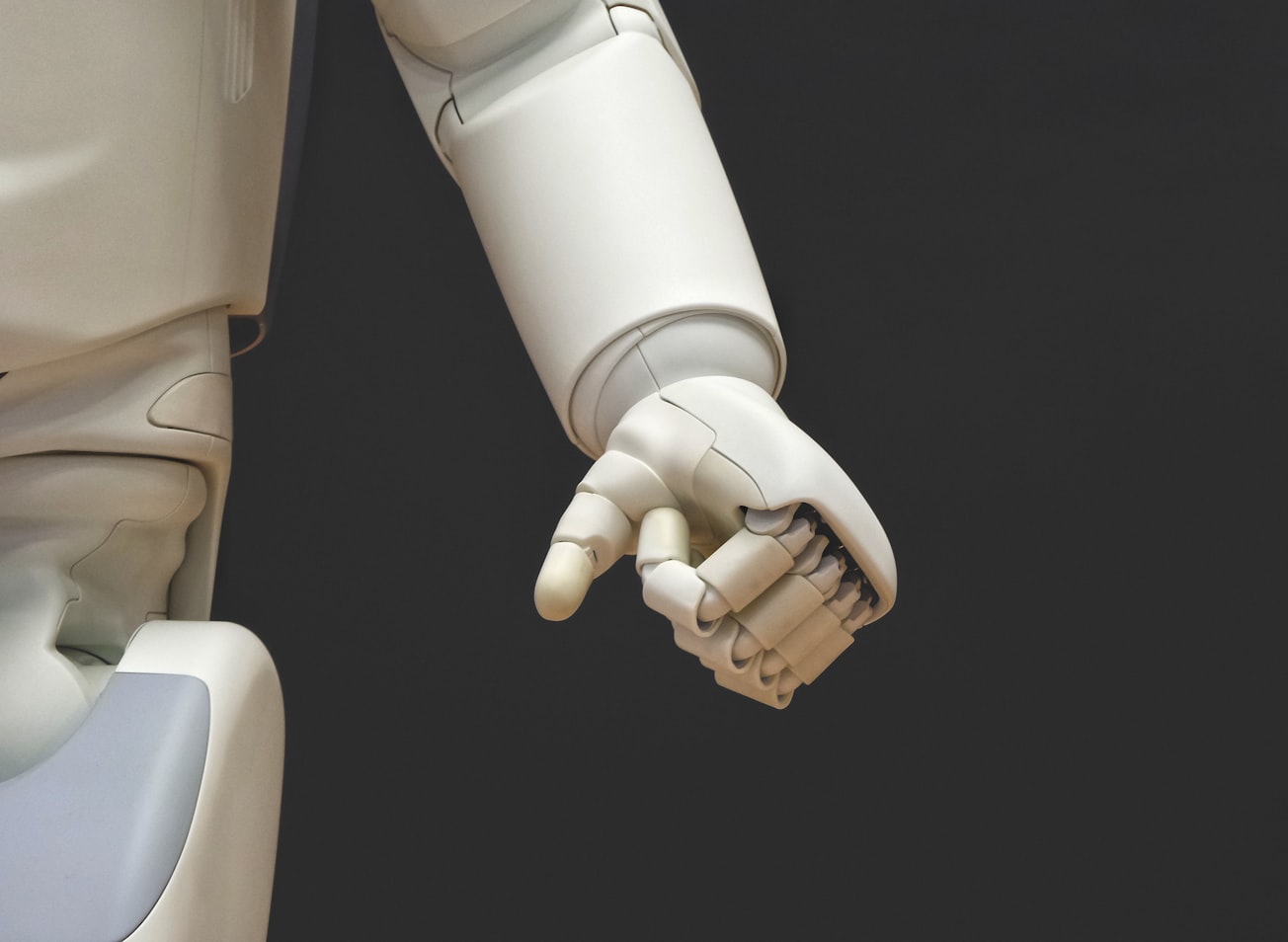What is it about?
New biomimetic, stimuli-responsive mechanically adaptive nanocomposites, which change their mechanical properties upon exposure to water and display a water-activated shape-memory effect, were investigated. These materials were produced by introducing rigid cotton cellulose nanowhiskers (CNWs) into a rubbery polyurethane (PU) matrix.
Featured Image

Photo by Possessed Photography on Unsplash
Why is it important?
The introduction of CNWs led to an increase of the tensile storage moduli (E′) in the dry nanocomposites. The level of reinforcement scaled with the CNW content and followed the Halpin–Kardos model below and the percolation model above the percolation limit of ∼7% v/v. Upon exposure to water, the materials with a CNW content above the percolation limit swelled slightly and showed a decrease of E′, for example from 1 GPa to 144 MPa in the case of the material with 20% v/v CNWs.
Perspectives
This effect is the result of competitive hydrogen bonding between water and CNWs, which reduces the hydrogen bonding between the CNWs and weakens the CNW network that drives the reinforcement in the dry state. The mechanically adaptive behavior and high elasticity of the wet materials are the basis for a shape-memory effect that uses water as the stimulus. Polarized Raman spectroscopy revealed that in the temporary shape, generated by stretching and drying water-swollen nanocomposites, the CNWs display a significant level of uniaxial orientation.
Dr Pratheep K Annamalai
University of Queensland
Read the Original
This page is a summary of: Bioinspired Mechanically Adaptive Polymer Nanocomposites with Water-Activated Shape-Memory Effect, Macromolecules, September 2011, American Chemical Society (ACS),
DOI: 10.1021/ma201502k.
You can read the full text:
Resources
Contributors
The following have contributed to this page







